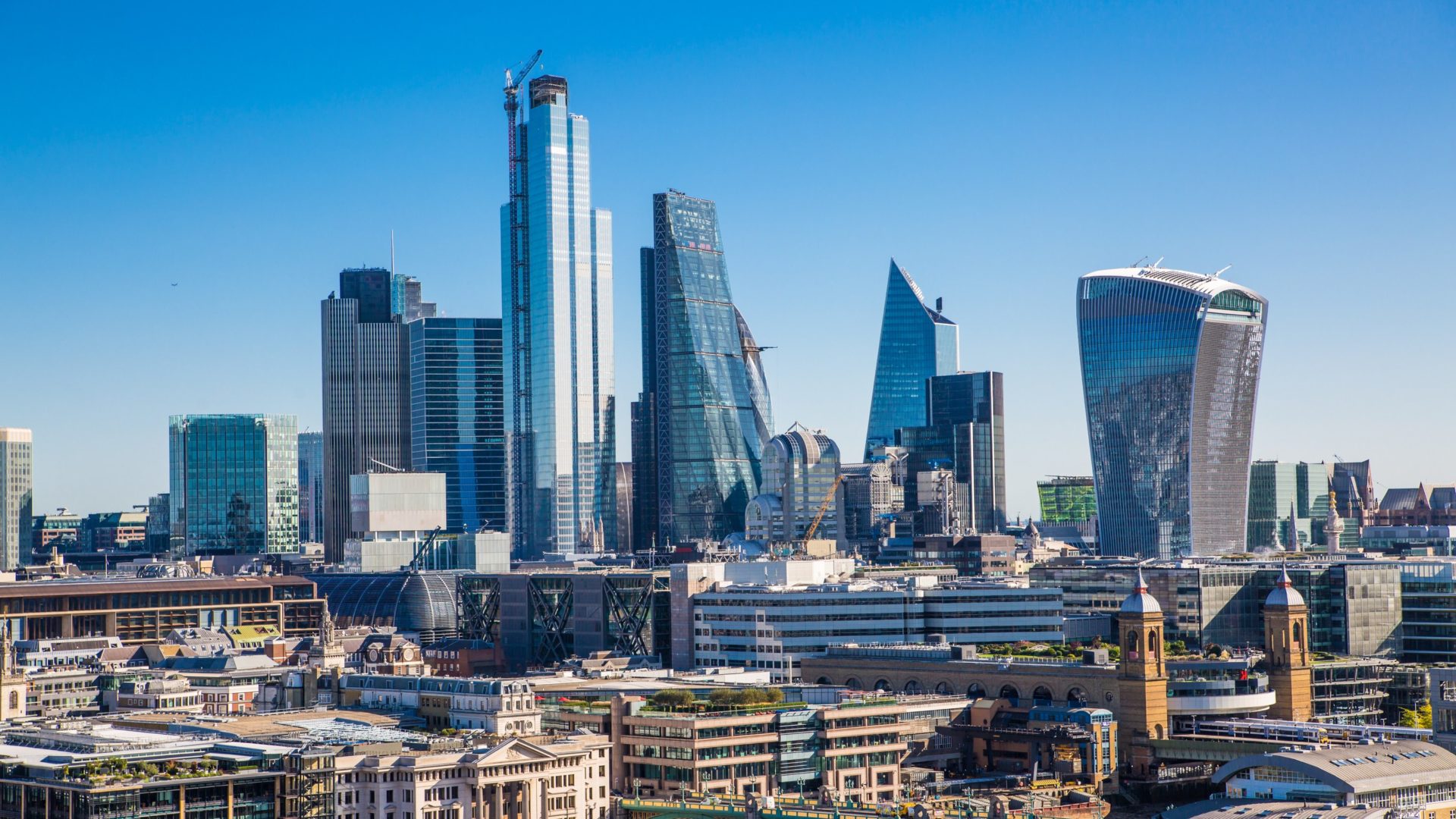Instead of questioning whether or not skyscrapers should be built at all, there should be a focus on how to make sure they are built sustainably and appropriately, says Marc Easton.

Tall buildings aren’t always the answer. There are a host of reasons why you wouldn’t build tall, from heritage concerns and the effect on the local and global environment. Despite this, tall buildings aren’t going out of fashion any time soon.
Cities across the globe, from London to New York and Singapore, all rely on the skyscraper to function. Rather than questioning whether skyscrapers should be built, the pertinent question is how can they be built in an appropriate and sustainable manner?
Tall buildings are necessary for a sustainable city. They provide solutions for high density areas, freeing up other zones for natural and low-rise neighbourhoods and decreasing urban energy use. Further, history proves the longevity of tall buildings – no building above 200m has been demolished voluntarily.
But to truly take advantage of tall buildings, they must retain their value for the next 100 or more years. We need to make it as easy as possible for future users to adapt them as they see fit. Monuments of the past are maintained and upgraded for future generations – the same should apply to tall buildings.
Buildings are generally demolished because the potential value of a new building on the site outweighs the value of the existing asset. Here are three ways a tall building’s potential value at the design stage can be influenced, giving the building a better chance of being retained:
1. Flexibility
The superstructure of a new building can contribute to half its embodied carbon, with the foundations contributing another 25%. Every effort must be put into persuading future users not to remove them. Flexible usage is key to this.
Through sustainable design, floors can become more efficient by reducing materials – and, in turn, embodied carbon. Floor loads should be minimised based on realistic predications, while also allowing for high point loads and hotspots. These zones can provide the flexibility for future use or construction without using up material on the entire floorplate.
“The target should always be to achieve long life and avoid demolition”
Vertical structure and foundations can accommodate flexibility with lower impact. Designing these elements with capacity in reserve would provide adaptability for future users’ needs, as well as capacity for possible increased wind loads resulting from climate change. This is particularly important for foundations which are difficult, if not impossible, to strengthen.
The target should always be to achieve long life and avoid demolition. However, if a tall building is demolished, any remaining parts should be reusable. Small changes can make a big difference in increasing the resilience of buildings for the future.
2. Deterioration
At more than £500 per m2, one of the costliest items during a tall building renovation is the potential replacement of the façade. Considering specification during design can help reduce later costs. Circular economy principles are entering the market and improving performance in this regard. An example is 1 Triton Square in London, where 3,500m2 of façade panels were refurbished and reused. Compared to the new build alternative, this contribution helped towards the total saving of 40,000t CO2.
Severe deterioration of the structure is generally avoidable with appropriate specification control during construction and with a good maintenance schedule. Concrete with the appropriate cover, steel painted to the right specification and timber kept away from water has the potential to last much longer than its initial design life. This is an easy win for any building, not just those over 200m.
3. Information
Technology has never been more accessible and at such low cost but its adoption as a means to feed back once a building is in operation is too slow.
Almost every building today is designed and documented using a BIM package. These models are shared throughout the design process, but they are often forgotten after completion. Design models should be converted to as-builts. Equally, we should request the creation of a digital twin of the final building, including data on all systems and elements. These can be saved in the cloud to ensure information is always available and backed-up.
Simple actions such as hard stamping, QR codes or RFID tags on structural components or equipment could also be added to link to specifications, material certificates or even directly into the 3D model. Harnessing and monitoring live data could prove incredibly powerful in supporting a change of load in the future, increasing the flexibility of the building and justifying more efficient building codes of the future. These could even be used in foundations to justify reuse or in the stability structure to monitor the building’s health after storms or earthquakes.
Looking ahead
Skyscrapers have the scale and economic backing to be prime examples of what great building ought to be: flexible, resilient and smart. They are engineering and architectural feats.
Designed and built correctly, tall buildings play a key part in increasing density while enabling a long-term and sustainable built environment. But poorly designed or constructed tall buildings have the potential to undo all the good work being done in our cities. It is vital that we get them right, ensuring that they have the longevity necessary to bring our sustainable cities of the future into being.
Marc Easton is a senior structural engineer at Arup.
Comments
Comments are closed.












Land needs to be recognised as being a finite resource. We can’t continue extending the footprint of our towns and cities with low rise structures. High rise buildings are an important part of preventing urban sprawl.